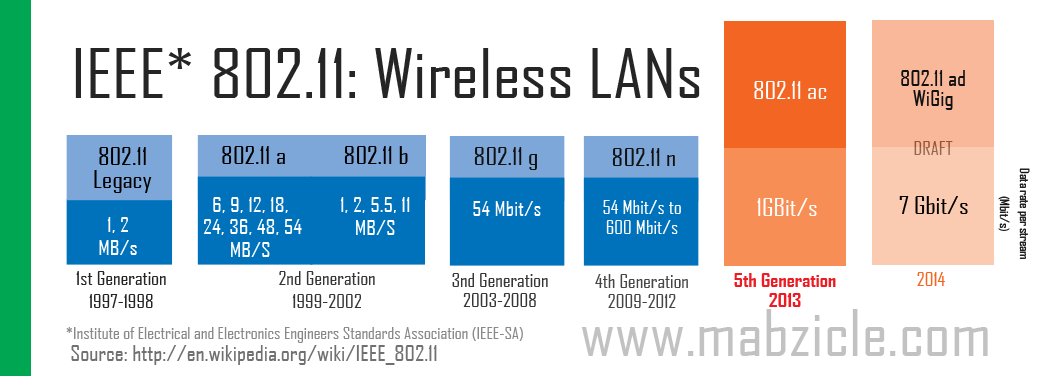IEEE membership offers access to technical innovation, cutting-edge information, networking opportunities, and exclusive member benefits. Office for mac 2016. Members support IEEE's mission to advance technology for humanity and the profession, while memberships build a platform to introduce careers in technology to students around the world. Divx plus for mac. The IEEE 802.15.4 standard specifies the PHY and MAC layers of Low-Rate Wireless Personal Area Networks (LR-WPANs) 1.The IEEE 802.15.4 PHY and MAC layers provide the basis of other higher-layer standards, such as ZigBee, WirelessHart®, 6LoWPAN and MiWi.Such standards find application in home automation and sensor networking and are highly relevant to the Internet of.

IEEE 802 is a family of Institute of Electrical and Electronics Engineers (IEEE) standards for local area networks (LAN), personal area network (PAN), and metropolitan area networks (MAN). The IEEE 802 LAN/MAN Standards Committee (LMSC) maintains these standards. The IEEE 802 family of standards has twelve members, numbered 802.1 through 802.12, with a focus group of the LMSC devoted to each.
This standard defines an Upper Layer Interface (ULI) sublayer in Layer 2 (L2), between Layer 3 (L3) and the IEEE 802.15.4 Media Access Control (MAC) sublayer. The ULI provides data and management service access points (SAPs) for interface to the IEEE 802.15.4 MAC. IEEE 802.11 Wireless LAN Standard Chapter 14 IEEE 802 Protocol Layers Protocol Architecture Functions of physical layer: Encoding/decoding of signals Preamble generation/removal (for synchronization) Bit transmission/reception Includes specification of the transmission medium Protocol Architecture Functions of medium access control (MAC) layer. This example shows how to generate and decode MAC frames of the IEEE® 802.15.4™ standard 1 using the Communications Toolbox™ Library for the ZigBee® Protocol.
The IEEE 802 standards are restricted to networks carrying variable-size packets, unlike cell relay networks, for example, in which data is transmitted in short, uniformly sized units called cells. Isochronous signal networks, in which data is transmitted as a steady stream of octets, or groups of octets, at regular time intervals, are also outside the scope of the IEEE 802 standards.
The number 802 has no significance: it was simply the next number in the sequence that the IEEE used for standards projects.[1]
The services and protocols specified in IEEE 802 map to the lower two layers (data link and physical) of the seven-layer Open Systems Interconnection (OSI) networking reference model. IEEE 802 divides the OSI data link layer into two sub-layers: logical link control (LLC) and medium access control (MAC), as follows:
- Data link layer
- LLC sublayer
- MAC sublayer
The most widely used of these standards are for the Ethernet family, token ring, wireless network protocols (including Wi-Fi), and bridging protocols.[citation needed]
Working groups[edit]
| Name | Description | Status |
|---|---|---|
| IEEE 802.1 | Higher Layer LAN Protocols Working Group | Active |
| IEEE 802.2 | LLC | Disbanded |
| IEEE 802.3 | Ethernet | Active |
| IEEE 802.4 | Token bus | Disbanded |
| IEEE 802.5 | Token ring MAC layer | Disbanded |
| IEEE 802.6 | MANs (DQDB) | Disbanded |
| IEEE 802.7 | Broadband LAN using Coaxial Cable | Disbanded |
| IEEE 802.8 | Fiber Optic TAG | Disbanded |
| IEEE 802.9 | Integrated Services LAN (ISLAN or isoEthernet) | Disbanded |
| IEEE 802.10 | Interoperable LAN Security | Disbanded |
| IEEE 802.11 | Wireless LAN (WLAN) & Mesh (Wi-Fi certification) | Active |
| IEEE 802.12 | 100BaseVG | Disbanded |
| IEEE 802.13 | Unused[2] | reserved for Fast Ethernet development[3] |
| IEEE 802.14 | Cable modems | Disbanded |
| IEEE 802.15 | Wireless PAN | Active |
| IEEE 802.15.1 | Bluetooth certification | Disbanded |
| IEEE 802.15.2 | IEEE 802.15 and IEEE 802.11 coexistence | Hibernating[4] |
| IEEE 802.15.3 | High-Rate wireless PAN (e.g., UWB, etc.) | ? |
| IEEE 802.15.4 | Low-Rate wireless PAN (e.g., ZigBee, WirelessHART, MiWi, etc.) | Active |
| IEEE 802.15.5 | Mesh networking for WPAN | ? |
| IEEE 802.15.6 | Body area network | Active |
| IEEE 802.15.7 | Visible light communications | ? |
| IEEE 802.16 | Broadband Wireless Access (WiMAX certification) | hibernating |
| IEEE 802.16.1 | Local Multipoint Distribution Service | hibernating |
| IEEE 802.16.2 | Coexistence wireless access | hibernating |
| IEEE 802.17 | Resilient packet ring | Disbanded |
| IEEE 802.18 | Radio Regulatory TAG | ? |
| IEEE 802.19 | Wireless Coexistence Working Group | ? |
| IEEE 802.20 | Mobile Broadband Wireless Access | Disbanded |
| IEEE 802.21 | Media Independent Handoff | hibernating |
| IEEE 802.22 | Wireless Regional Area Network | hibernating |
| IEEE 802.23 | Emergency Services Working Group | Disbanded |
| IEEE 802.24 | Vertical Applications TAG | ? |
Ieee Mac List
See also[edit]
References[edit]
- IEEE Std 802-1990: IEEE standards for Local and Metropolitan Networks: Overview and Architecture New York:1990
- ^Institute of Electrical and Electronics Engineers (September 2004). 'Overview and Guide to the IEEE 802 LMSC'(PDF). Retrieved October 13, 2020.
- ^'802.3'. Data Communincation Standards and Protocols. EE Herald. Retrieved 2012-01-25.
- ^'The fate of 100 Mbps Ethernet now definitely two-fold'. FDDI News. Boston: Information Gatekeepers, Inc. 4 (7): 1–2. July 1993. ISSN1051-1903. Retrieved 2013-11-21.
- ^'IEEE 802.15 WPAN Task Group 2 (TG2)'. official web site. IEEE Standards Association. May 12, 2004. Retrieved June 30, 2011.
External links[edit]
- IEEE 802 Standards available via IEEE Get Program
Ieee Network Standards
